Do It Yourself
What Tree Grows More Under the Earth Than Above it?
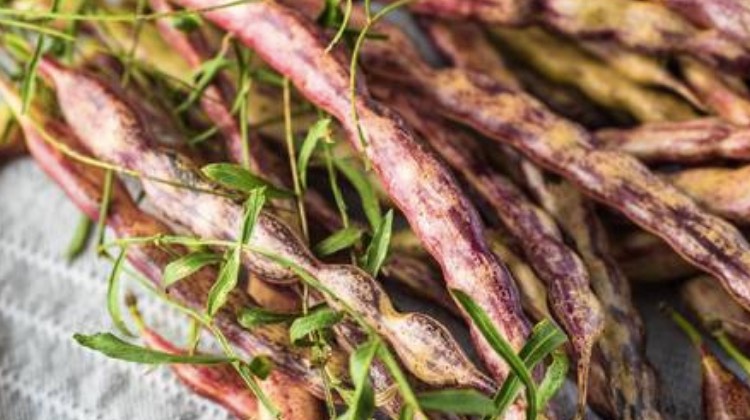
Mesquite trees are considered by the World Conservation Union and many Texas ranchers alike as a pest and a nuisance. They are invasive, drain the water table and compete with other agriculture plants for water.
But to any outdoors man or survivalist in the southern part of the U.S, Mesquite is a fantastic and overlooked resource.
They have been known to tap directly into the water table via an extraordinarily long taproot (recorded to be up to 190 feet long).
Frontiersmen would hunt for mesquite trees in order to harvest these roots for fire wood. These roots are so abundant that they helped to give rise to the phrase “dig for wood and climb for water.”
Mesquite gum was widely used to treat infection and irritation, sores, wounds, sunburn, and chapped skin. It is good restorative for dysentery, diarrhea, stomach and intestinal distress and hemorrhoids. It was also used as a treatment for lice, cough, sore throat, mouth sores, laryngitis, and painful teeth and gums.
Poulticed leaves were used for red ant bites, and a tea made of the leaves was used as an eyewash for inflammations of all kinds, including pink eye. The white inner bark is useful as an intestinal antispasmodic and was also used to stop excessive menstrual bleeding and to reduce fevers.
This gum was used for so many medicinal purposes that it became a major export out of Texas.
The mesquite pods or beans were a major, if not the primary food source for the many desert Indian tribes such as the Apache, Pima, and Hopi tribes.
Think of them as the ultimate grab and go snack pack.
Just a few minutes of picking can yield hundreds of these little pods to carry with you.
Each one is a little burst of sugary energy.
If you ever get a chance to give them a try, you might be amazed at how they taste.
They remind me of pancakes and syrup, with a deliciously sweet brown sugar flavor and just a hint of maple.
Be warned though not all of the mesquite pod is edible — a great deal of it is indigestible fiber. what you are looking for is thepulp or pith between the brittle outside and the hard seeds. DO NOT try to crack open the seed with your teeth, you are much more likely to crack a tooth… take my word for it!
With the right tools they can be made into a mesquite flour and used in baking.
A few tips on harvesting the pods:
Mesquite pods ripen for harvesting throughout the summer.
Ripe pods may range in color from yellowish tan to reddish (not green), and are dry and brittle. They come off the tree with little pulling.
Where NOT to harvest:
Do not harvest from areas that are polluted or contaminated. These include:
– Highway corridors and other areas with high traffic and air-borne pollutants
– Areas where there is known or suspected use of pesticides or herbicides (you don’t want your pods to come into contact with soil that is sprayed with Round Up)
– Avoid trees with that are in the direct vicinity of telephone poles because they are treated with toxic preservatives that can leach into the tree
– Avoid gathering pods from the ground where there is likely to be animal waste such as dog and cat droppings.
If you are unsure about harvesting in a certain area, just err on the side of caution and avoid it.
How to harvest
Ripe pods are best from the tree rather than gathered off the ground. They will be cleaner, with far less chance that there will be any mold on the pods.
Pods can be picked up from the ground after they have fallen as long as they have not been contaminated (see “Where not to harvest above”), have not started to decompose and mold, and as long as they are rinsed off and thoroughly dried in the sun for 2-3 days.
Avoid any pods with black mold spots on them.
Taste before you pick
Once you have found a tree that you want to pick from go ahead and TASTE one of the pods. If it tastes good to you, start picking
The flavor can vary widely from one tree to the next so it is a good idea to sample from multiple trees before you decide.
Bring a bag, there will be plenty of pods to choose from, in fact bring multiple bags!
Storing mesquite pods
Store in a dry, rodent-free place until you are ready to eat them.
Be sure your pods are completely dry before you store them to prevent molding. You can dry pods by laying them out on a cloth, metal roofing, or the hood of your car in the sun for 2 to 3 days. You know they are dry when you can easily snap them in two when you try to bend a pod.
These trees are widely scattered from Mexico up to Kansas and stretch east from Florida all the way to California. I am curious, do you guys know of any trees native to more northernly states or even across the ocean that can be used in as many ways as the mesquite tree?
The Many Uses of the Pine Tree
DIY Garden Design | Grow 100 Pounds Of Potatoes
This Amazing Family Grows 6000 Lbs of Survival Food on 1/10 of an Acre
-

 Paracord Projects11 months ago
Paracord Projects11 months agoParacord Projects | 36 Cool Paracord Ideas For Your Paracord Survival Projects
-

 Paracord Projects1 year ago
Paracord Projects1 year agoHow To Make Paracord Survival Bracelets | DIY Survival Prepping
-

 Medical Care1 year ago
Medical Care1 year ago21 Home Remedies For Toothache Pain Relief
-

 Knife Laws12 months ago
Knife Laws12 months agoAre Switchblades Legal? Knife Laws By State
-

 Do It Yourself1 year ago
Do It Yourself1 year agoSurvival DIY: How To Melt Aluminum Cans For Casting

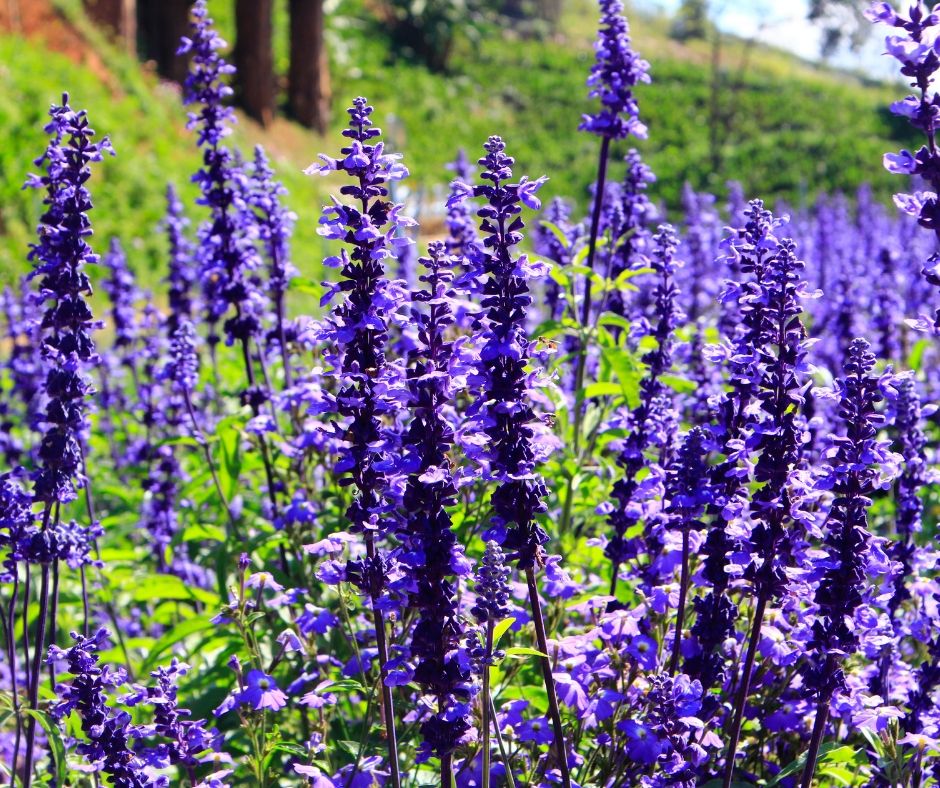
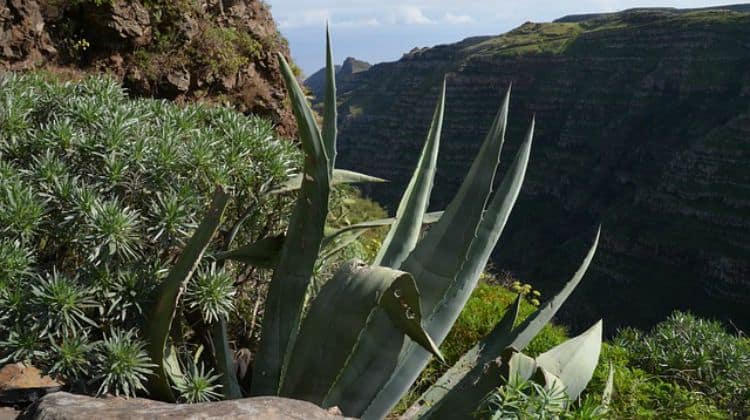
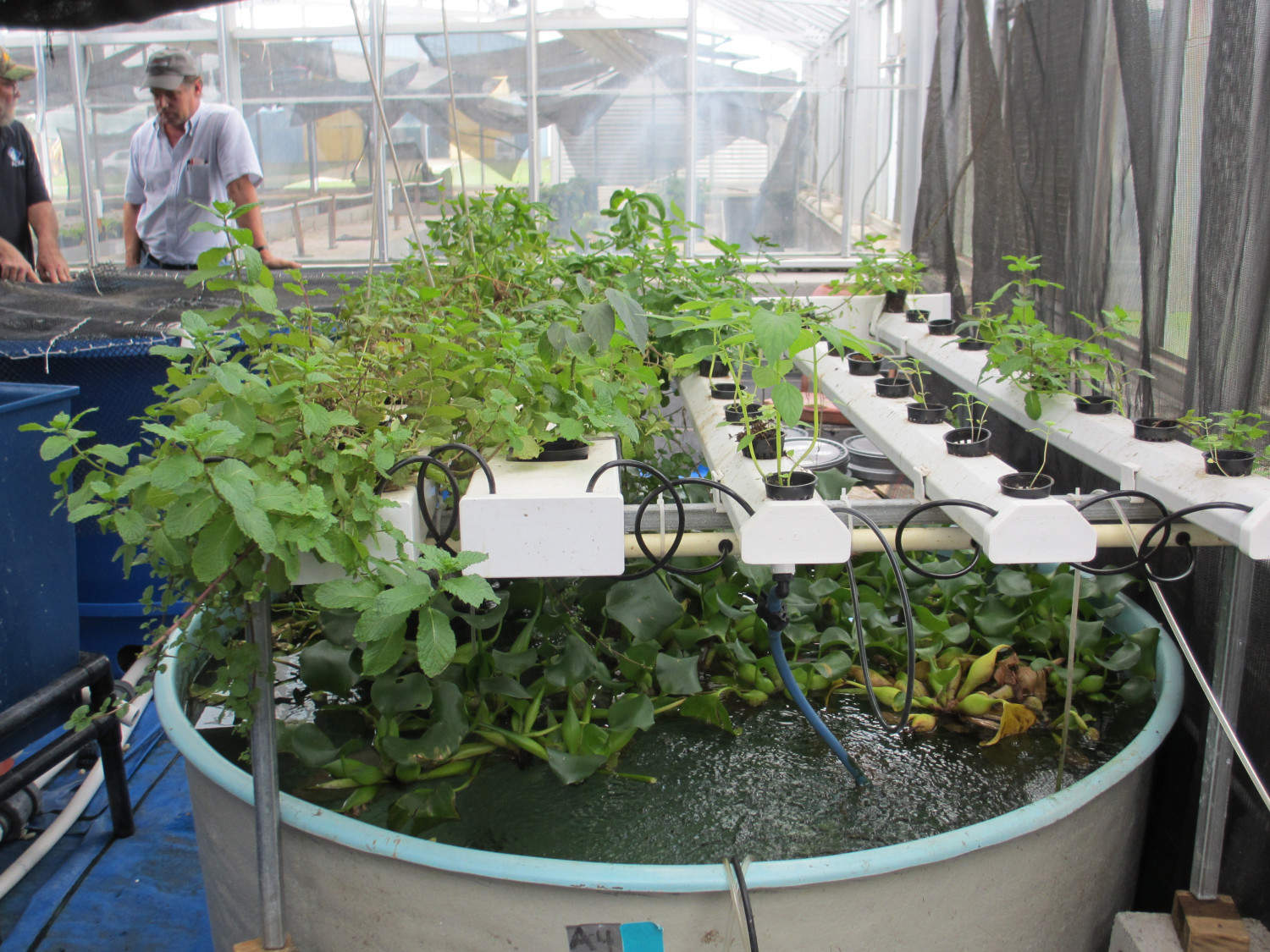
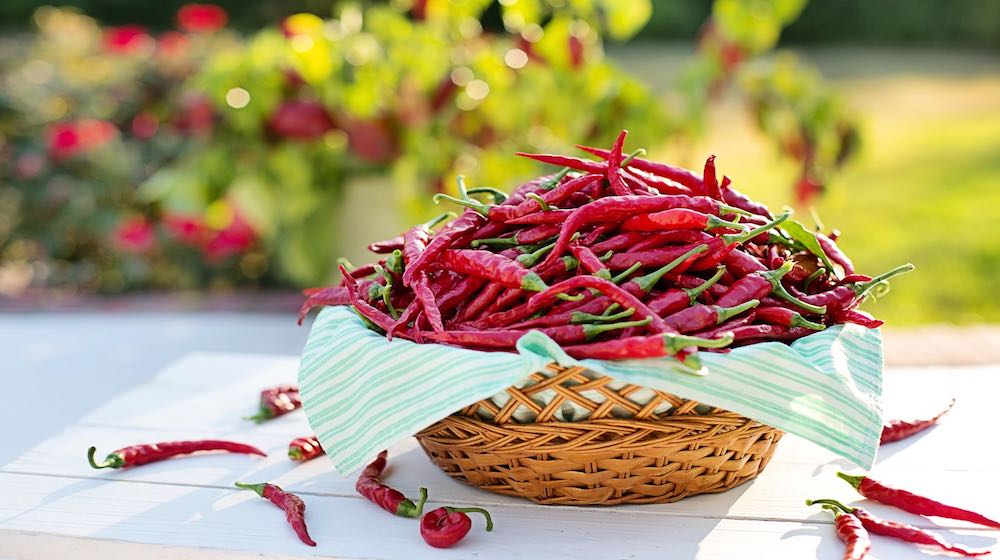
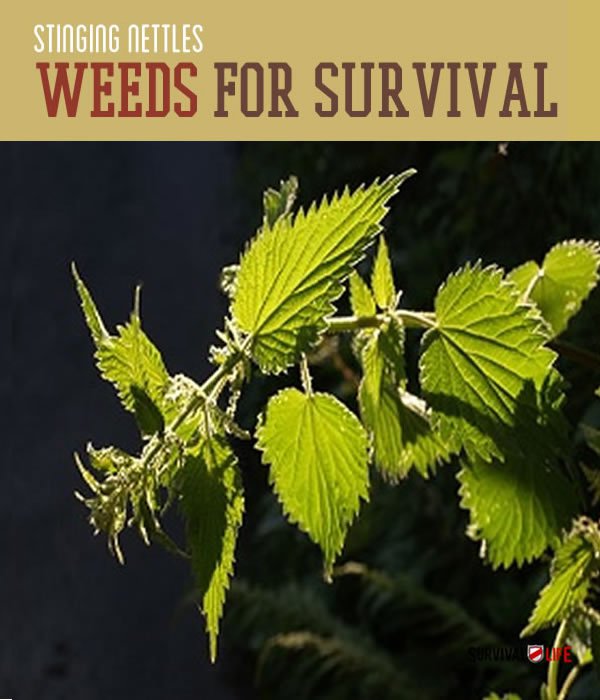
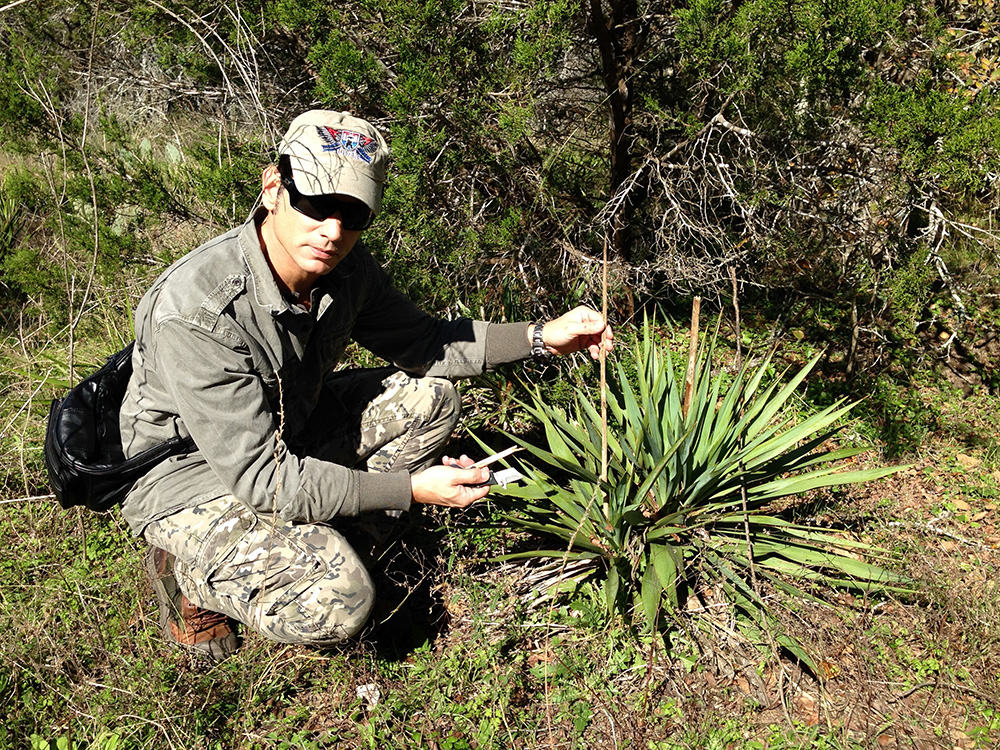


Mariowen
February 25, 2013 at 7:51 AM
I was excited to read this. I was at a garage sale, of all places, and the lady was offering jam she made. That is not what I usually buy from strangers, but for some reason I did. It was mesquite jam and it tasted a lot like honey! It was great. She even let me have the recipe. It is made from the pods you pick. Once they fall from the tree, you don’t use them. It made me want to plant mesquite trees, but if they suck out the ground water, I better rethink this.
Dan Osborn
February 25, 2013 at 8:18 AM
Well, here in far northern California(everything north of Sacramento)we have the Valley oaks. Very large trees that produce large acorns in good quantities. The native tribes here would collect these, shell them and boil the soft inner seed to leach out the tannic acid(Tannin) which when the water they were boiled in was saved to tan animal hides for leather. They woiuld then dry and grind the inner part for flour The leaves and bark could be used the same way. This Tannin is why not much will grow under an oak tree other than some grasses. The trees are a good source for ready to go fire wood as they are usually full of small deadwood and shed larger limbs on a frequent basis. They are also a good place to find small game(squirrels, rabbits, rattlesnakes and wild pig). The dried oak galls (sp?), those round spheres you see on the small limbs can be saved up and used as fire tinder, just crush and add to your just started fire. Will give you small hot coals that help get larger kindling going.
I am 4th generation to this area, my great grand father settled here after coming for the Gold-rush in 1850. He learned to use this source from the local natives.
James Morgan
February 25, 2013 at 8:28 AM
I know about the many uses of the Mesquite tree and the beautiful hard wood which is produced from these tree, as I have been working with Mesquite wood for over thirty years in the San Antonio, TX area. This tree is known as a ‘nuisance’ to the ranchers and farmers mainly because of the large thorns which the tree produces for natural defense as well as the seeds being able to remain in a state of hibernation for as long as twenty years before they germinate and sprout. The Mesquite tree is also known for returning more nitrogen to the soil than it uses. In times of drought, the tree produces more beans than it does in the wetter seasons. I have witnessed Mesquite trees which produced and dropped beans as many as three (3) seperate times in a year (Texas drought of 2009, 2010, and again in 2011). The Mesquite tree also predicts the seasonal weather. Here in Texas, when the Mesquites start to ‘bud’, our winter is over! The tree also produces much needed shade in pastures where the the Mesquite trees are the only shade to be found in the hot Texas summer heat.
I am curious if anyone has a good recipe for Mesquite Bean Jelly? I have run across this type of jelly at a few of the arts & crafts shows around the area and found it to be absolutely fantastic on fresh hot biscuts or toast.
Joe
February 25, 2013 at 8:55 AM
Thanks for the response James! I would love to try some of this jelly. I haven’t been able to persuade my wife to try the beans by themselves but she might be interested in the jelly.
J.N. Garinger
February 26, 2013 at 3:50 PM
Joe;,,, I`m in central AZ. I saw a PBS show a few months ago on Mesquite trees.. They stated that the roots of a Mesquite can go as deep as 1 mile, & that because they are so connected to the earth, this is the reason ,,,when they start budding out,,It`ll not freeze again..
ALBERT
February 27, 2013 at 3:14 AM
As my DAD told me, you’ll learn something new every day, as long as you keep your eyes open.
What I’d like to see is a site added to this one, dedicated to Useful. ” Plants, Herbs, Weeds, Vines, and Trees!” At one time, as a B&R Truck Driver, I’d toss out, Herbal Seeds, along our nations roadways & rest- stops, Some even started planting Food seeds along Michigan’s over-passes and country roads. A great idea, & you’ll always be feeding someone or some thing, when you do.
Here is a neat trick, every time you go into the woods, plant seeds! If you like mixing seeds, Find a Heath Food shop that still sell. Magnum Gel-Capsules, Then fill each one with food plant seeds & toss them out the window along the back roads, Just beware of the Laws of your state, for some reason they frown on feeding others unless it’s done by the Government!
—————————————————————-
As for the trees, Seeing Pine[Christmas]Trees in the northern states is a common sight, Seeing Apple & other Fruit trees, not as much anymore, Nut trees are all over the South,, but I wish we could see more Sugar-Fig trees, Growing, These are easy to care for trees & a great reward to the human as well as a grand lure for Game Animals!
What, you never heard of Fruit trees providing Meat for your table?
A good Hunter, Knows that Fruit trees attract all kinds of game & will hunt those spots.
Nathan Cary
February 25, 2013 at 9:04 AM
We live in the rural desert of south central Arizona. Mesquite trees do well here, and even better with added water.
Mesquite trees are quite ideal for us in several ways. First, we need shade in the summer, and mesquite shade is perfect for that, being deciduous trees.
Secondly, they provide windbreak, during those severe times of monsoon wind and dust.
Thirdly, we raise goats. Goats love the beans. If allowed, the goats will also strip the bark from the tree. When trimming low-hanging branches, the scraps are given to the goats to strip the bark as they wish. Once the wood trimmings are dry, they make great firewood.
Fourthly, we also have honeybees in a colony. During blossom season, the trees are teeming with the bees, collecting nectar, coming home with their little “saddlebags” yellow with pollen.
Fifthly, in this harsh climate, few other trees can handle the severe heat of the summer, the long-term drought, the cold, below freezing winter mornings, and yet tolerate plenty of water when it’s available.
One thing your article did not touch on, is something I learned on my own about the beans.
I have collected the dry beans as you have suggested and dried them thoroughly, and then run them through the blender or food processor. The beans are impervious to the impeller, but the hull become powder. The entire contents of the processor is sifted and the powder that comes through is used a part of the flour content in baking. It has its own flavor, so more may not be better. Use personal taste and discretion.
So far, I have not soaked and slow-cooked the remaining beans.
Another bit of info, mesquites come in many varieties. Some can grow tall and most tend to prefer staying close to the ground. Trimming and training may work. Also, expect thorns from mesquites, yet I have several mesquites on the property with either small thorns or no thorns.
If my property ever goes neglected for water, it will be the mesquites that survive when all the other trees dry up and die.
B Salazar
February 25, 2013 at 5:31 PM
I picked a 5 gallon bucket of beans last year, and discovered that unless processed immediately, the beans harbor small bugs. I thought the beans were dry and could be used over time, but when I opened the bucket, it was covered with bugs. Apparently there were small holes in the beans that were the bugs’ entrance holes, much like Mexican jumping beans. I have made syrup, and to me, it tastes like molasses. I do want to make jelly and flour, and I will try again, but I think I will process them immediately this year.
Mariowen
February 25, 2013 at 5:40 PM
I checked back in old emails and this is the recipe that was given to me by the lady who made some really tasty mesquite bean jam. I haven’t made it yet but will when the mesquite beans are ready. To me, it definitely had the taste of honey.
MESQUITE BEAN JELLY
1 1/2 gal. mesquite beans
1 c. or 18 oz. bottle lemon juice
4 qts. water
1 box sure jell
7 c. sugar
Choose ripe mesquite beans with a red tinge, but without insect holes. Pick beans only from tree; do not use beans on the ground. Wash and break into pieces; cover with water and soak overnight. Pour off water. Cook beans for one hour in 4 quarts water. Drain and save juice. Place 5 cups of juice in a pan; add lemon juice and boil 5 minutes. Continue boiling and stirring constantly while adding 1 box sure jell and sugar. Cook 5 minutes longer. Strain through cheese cloth and pour into jelly jars and seal. This makes an amber colored jelly.
Mariowen
February 25, 2013 at 5:42 PM
I just re-read the information that she sent. On this recipe, she said to add 4 times the amount of sure jell that it calls for. She used 4 boxes for this recipe, she said.
James Morgan~aka~texasmes
February 25, 2013 at 8:04 PM
Thanks Mariowen, that makes sense, using 1 pkg. per 5 cups of juice with 4 qts. of water for cooking the beans to get the rendered juice. I have a friend who has won quite a few ribons at the Comal County fair for her jellies and I think I will have to convience her to try her hand at Mesuite Bean Jelly.
ALBERT
February 26, 2013 at 2:35 AM
You asked; ” do you guys know of any trees native to more northernly states or even across the ocean that can be used in as many ways as the mesquite tree? ”
The short answer would be no, however, there are dozens of trees that have more than one use, All Apple trees & fruit bearing trees have both food & Medical uses. The same can be said for Nut-trees.
In fact, Almost all trees have their other uses, with few exceptions.
I personally believe that GOD, The Creator of us all, Gave mankind everything we would ever truly need to begin & sustain life, throughout time. However, He also gave mankind the freedom of choice & as such, mankind has set about trying to Improve on all things that GOD gave us, to keep us Healthy , fed & alive, and mankind has ” F.U.B.A.R.ED” everything up, BIG Time!
Ken Manny
February 26, 2013 at 5:46 AM
Could you send me any info on where they grow in Florida? I live just north of Orlando! Thanks’
alice
February 26, 2013 at 7:27 AM
i live in colorado— what tress and plants do we have that are usable
missy steiger
February 26, 2013 at 7:37 AM
Anyone heard of Mesquite coffee? I didn’t see it mentioned in the article. If you go to michaelbunker.com he has an article from 2010 on making mesquite coffee. It sounds pretty awesome. We don’t have access to mesquite trees here.
Jeff
February 26, 2013 at 10:05 AM
Good to hear some info on the mesquite. I knew it was good for something besides sucking the soil dry. I’ve tried the seeds a few times. Sometimes they’re bitter as anything I ever tasted, others, they remind me of green apples. Deer absolutely love them, and will fatten quite well on them if they can find enough. Here in central Texas, some places have lots, some not so much. A little further south and west and they get very common.
I’d be interested in more info on detecting when they’re ripest, plus any more details about medicinal and foodsource uses of them, as I happen to be in the area that has quite a few older trees that bear fairly heavy at times.
Plus, as any bar-b=cue afficianado in Texas knows, they’re great firewood. Just be careful, that mesquite fire seems to burn very hot, even hotter than live oak. And it sounds like we should limit the firewood to dead trees. The live ones just gained some value.
russ
March 1, 2013 at 8:05 PM
I love mesquite for BBQ Please tell me how to grow the trees in north central florida never knew they were so versitile a survival resourse
please include growth time as I am an aging survivalist. contact——-crcruss@gmail.com, thanks
Jim M.~aka~texasmes
March 5, 2013 at 8:33 PM
My first suggestion would be to contact the fine folks at Texas A&M Universtiy, Forestry Service Department, in College Station, Tx. These guys have been studying the species of Mesquite for the past twenty-five plus years and would be the best bet to finding out which species of Mesquite would propagate in the Florida area.